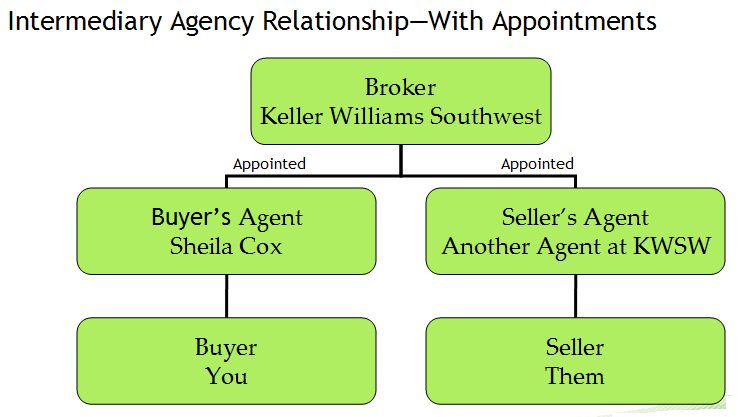However you do not have to pay PMI permanently. More on that later PMI can be a quite huge expenditure, with the typical yearly PMI premium varying from. 55 percent to 2. 25 percent of the initial loan quantity each year. Your credit rating and loan-to-value ratio will impact your PMI premium. For example, if you buy a house for $200,000 and your PMI is one percent, you will pay $2,000 a year, or about $166 a month (How to pass real estate exam). Fortunately is that you can ask the lender to cancel your PMI once you have actually paid down the home mortgage balance to 80 percent of the home's original appraised value.
If you have an FHA loan, https://www.timeshareanswers.org/blog/timeshare-cancellation-company-review-of-wesley-financial-group-llc/ you will need to pay for your home mortgage to 78 percent of your original prices. Even if gratitude has pushed your equity up, you will need to lower your initial primary balance. Generally, a lot of lenders require PMI when it pertains to standard loans with a down payment less than 20 percent. Like anything else, though, there are exceptions to the guideline. You'll have to do your research if you desire to give up paying PMI. Some banks out there offer low down-payment, PMI-free conventional loans. These suppliers will waive PMI for borrowers with less than 20 percent down, however you'll pay a higher rate of interest. No, not the body appendage. While fixed-rate home loans have the same interest rate and regular monthly payment for the life of the loan, the rates of interest and month-to-month payments on an ARM modification (for this reason the word "adjustable"). ARM rate of interest are generally repaired for a duration between three and 10 years prior to they alter. The new payment is computed using a rate based upon an underlying index like LIBOR (not an essential acronym for house buying, but it means "London Interbank Offered Rate") or the CMT (Constant Maturity Treasury) plus a margin. Understanding how your rate can alter and how this can increase your payment is very important.

The agency implements guidelines like Know Prior to You Owe, which supply borrowers more transparency in the home loan process and understanding about what they can manage. This ratio is the percentage of your earnings that goes towards paying monthly costs. Lenders generally need DTIs listed below a specified percent for you to get approved for particular loan products. These loans were established throughout the Great Depression throughout the 1930s and basically make purchasing a home more available by offering home loan assistance and letting customers get approved for a loan with a down payment of simply 3. 5% (rather of the recommended 20% deposit).
These are month-to-month payments of just interest. Particular home mortgages enable for these lower payments for a specified period. These loans work best for consumers who anticipate a substantial bump in income or strategy to re-finance or move prior to the end of the interest-only term. Not to be puzzled with smoked salmon, generally consumed with cream cheese and bagels. These are brief letters supplied to a lending institution that describe modifications in income, safeguard late payments, or summarize your rental history. They can assist you get approved for your mortgage. This ratio is determined by dividing the loan quantity by the home's purchase cost.

Lenders have special programs for customers who put down less than 20%. Not a sound a robotic makes, however rather a fee that's financed as part of the loan and charged by the federal government for FHA loans. This unique program allows first-time purchasers to put down less than 20% on their purchase. These payments are the amount due each month on your home loan. Not a sad celebration, however rather your overall month-to-month housing expenditure, which consists of the P&I payment due on your home loan and the taxes and insurance coverage on your home. PMI is an additional charge you pay when your down payment is less than 20%.
What Does A Real Estate Attorney Do Fundamentals Explained
Should fulfill certain requirements defined by the Dodd-Frank Wall Street Reform and Customer Defense Act, such as loan amount, rates of interest, and underwriting, so they can be purchased by a government-sponsored entity. Not the cousin of a Vespa scooter. More like a map, considering that it requires that you receive certain disclosures about closing expenses and settlement treatments https://www.canceltimeshares.com/blog/do-timeshare-cancellation-companies-work-2/ at certain times throughout the home mortgage procedure. Evidence of your income in the form of W-2s, pay stubs, or earnings tax returns. Termites. Enough said. And if you ever discover yourself sounding out acronyms while trying to follow together with your lending institution, follow this wise recommendations from Eric Gotsch: "Asking will never be a silly question, specifically throughout something as essential as the home-buying process.".
If you wish to prevent PMI, you have 2 alternatives: concern the table with a 20% down payment or see if you can have the loan provider pay for the PMI. Here's how to accomplish either. A down payment is a required lump-sum payment you make at closing to buy a home - What is a real estate developer. The amount you pay is a percentage of the house's value and helps contribute to the equity you have in the house from the outset and lowers the amount you obtain. A lot of loans do not need a 20% down payment. Nevertheless, having one will eliminate the PMI and might lower your monthly payment a lot more because it'll also lower your primary balance.